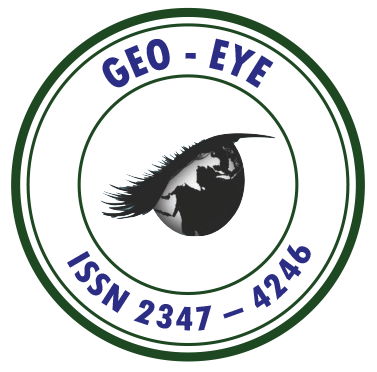
Geo-Eye
Department of Geography & GIS

Department of Geography & GIS

Geo-Eye
Year: 2016, Volume: 5, Issue: 1, Pages: 31-35
Original Article
Kamsali Nagaraj*, Nagaraja B.C.**
*Department of Physics, Bangalore University, Bengaluru – 560056
**Department of Environmental Science, Bangalore University, Bengaluru – 560056
The main aim of this work is to mapping of moon with standard reference points similar to the Earth as geo-referencing points. The primary objectives of the Chandrayaan-1 mission are simultaneous chemical, mineralogical and topographic mapping of the lunar surface at high spatial resolution. These data should enable us to understand compositional variation of major elements, which in turn, should lead to a better understanding of the stratigraphic relationships between various litho units occurring on the lunar surface. The mineral composition will be determined by a hyper-spectral imaging spectrometer (HySI) sensitive in the 400–920 nm range. The wavelength range is further extended to 2600 nm where some spectral features of the abundant lunar minerals and water occur, by using a near infrared spectrometer (SIR-2), similar to that used on the Smart-1 mission, in collaboration with ESA. A terrain mapping camera (TMC) in the panchromatic band will provide a three-dimensional map of the lunar surface with a spatial resolution of about 5 m. Aided by a laser altimeter (LLRI) to determine the altitude of the lunar craft, to correct for spatial coverage by various instruments, TMC enable us to prepare an elevation map with an accuracy of about 10 m. Keywords: Moon, mapping, Chandrayaan, TMC
Subscribe now for latest articles and news.